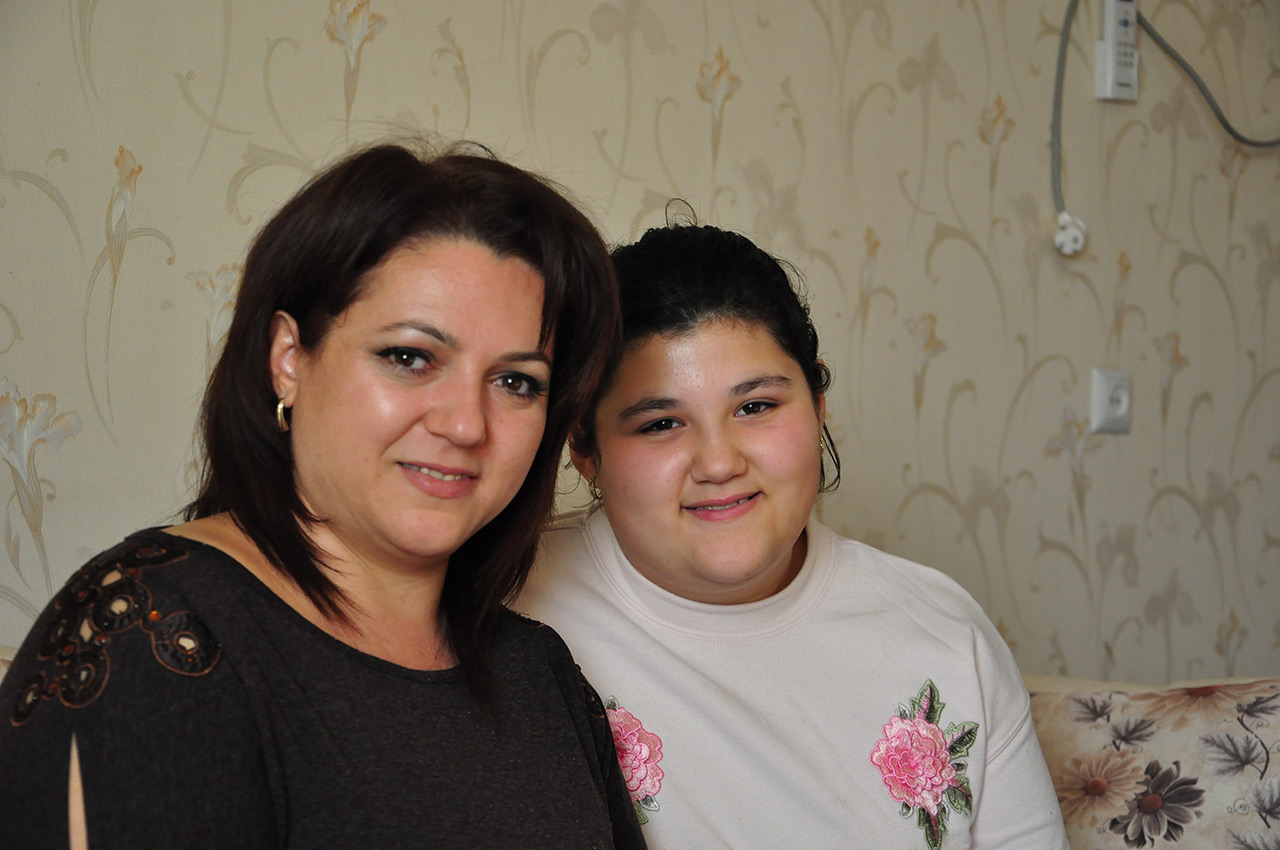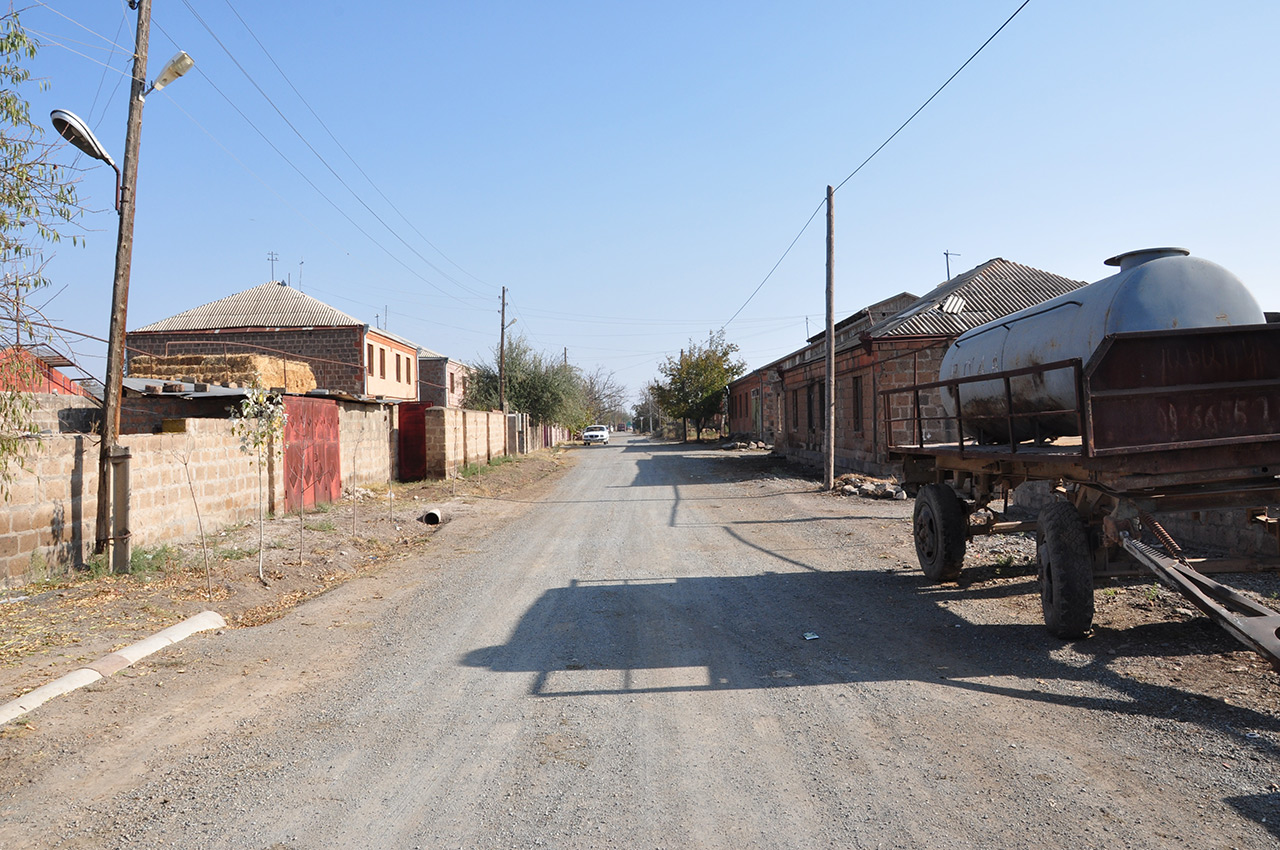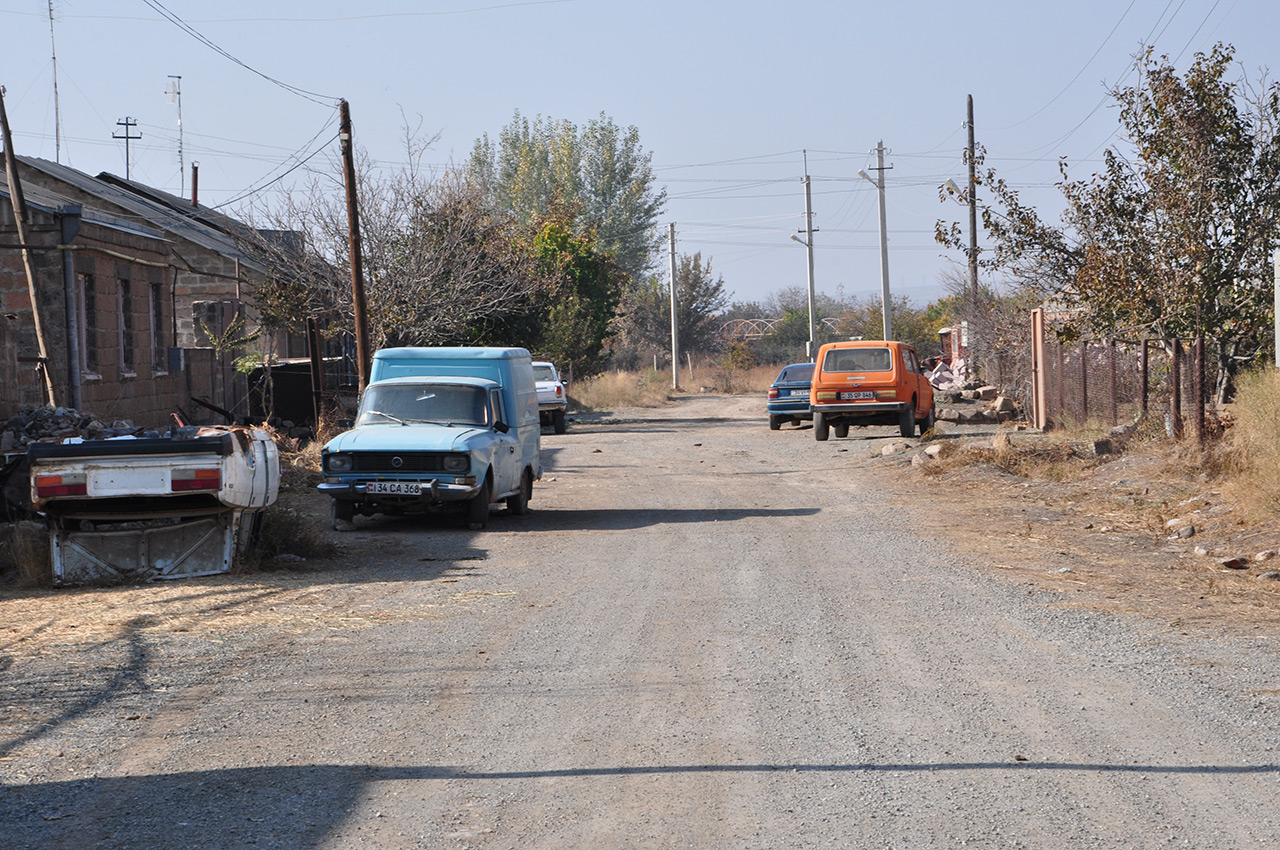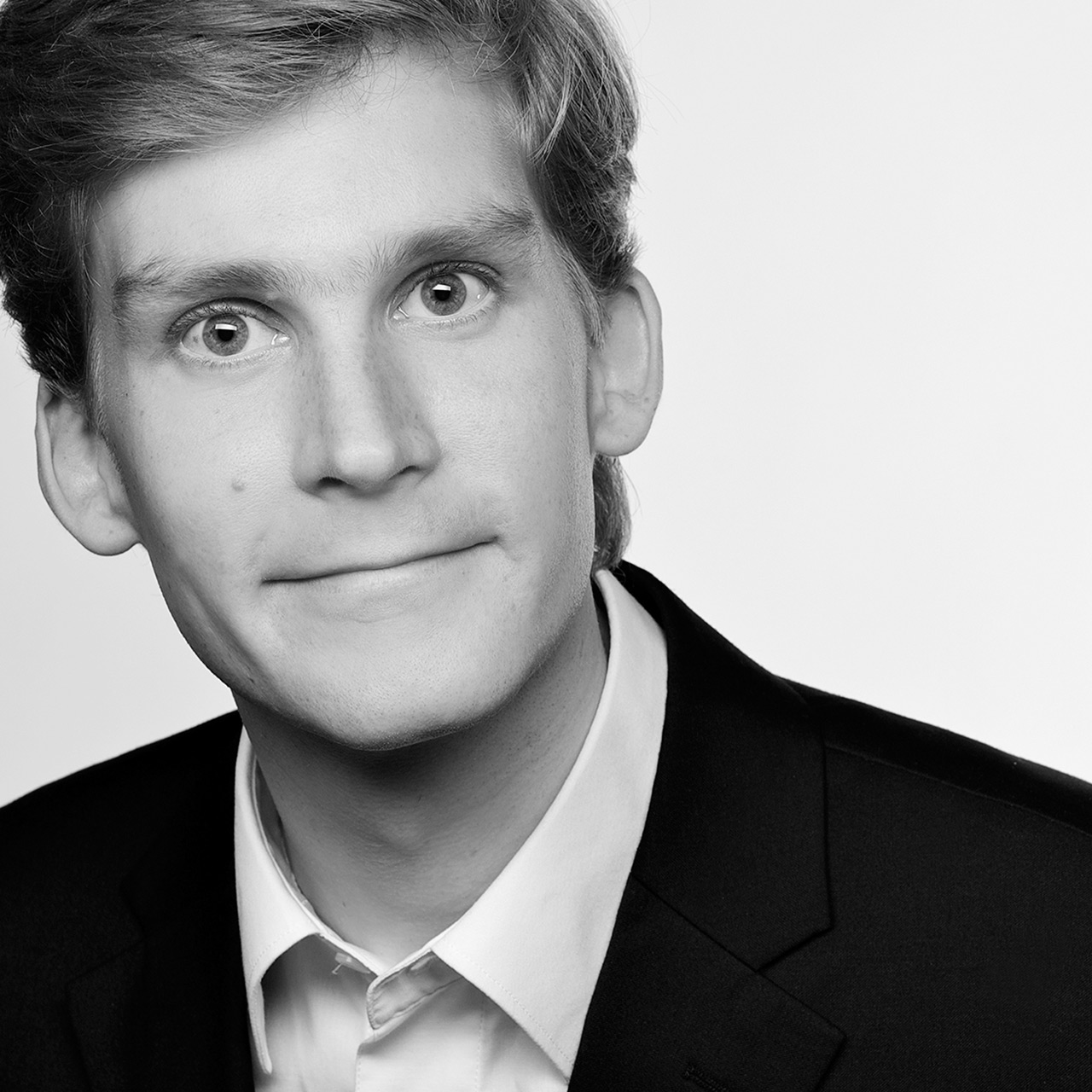by Max Kuball
Every year thousands of Armenians with illegally obtained tourist visas travel to Germany to apply for asylum. These people, however, are not escaping political persecution: most of them are seriously ill and are looking for life-saving medical measures. After successful treatment, many return to their country – and dream of a life in Germany.
“Doctor says, ‘Milena not good, all blood broken.’ And then we go to Germany.” This is how Luiza Ivanyan describes the beginning of their journey. Her daughter Milena is sitting next to her on the sofa. The thirteen-year-old girl wears her black hair in a ponytail.
Two years before Milena had no hair at all because of chemotherapy. In the Armenian capital of Yerevan, doctors had diagnosed Burkitt lymphoma, a very malignant form of lymphoma. So the family sold their car and cattle to pay a trafficker, who for 6800 euros organized two tourist visas to enter the Schengen area. They set off in a hurry, by plane via Athens to Frankfurt. There Luiza Ivanyan applied for asylum for herself and her daughter – for humanitarian reasons. As soon as they arrive in the initial accommodation center for asylum seekers, the cancer patient Milena falls into a coma.

Luiza Ivanyan (left) and Milena Ivanyan (right), photo: Max Kuball
She and her mother are two of nearly 3900 people with Armenian passports who applied for asylum in Germany in 2017. The chance that the application will be granted is less than five percent. The vast majority of Armenians do not invoke political or religious persecution, but humanitarian reasons: they are ill – like Milena.
Carel Hofstra also confirms that this is a typical case. Hofstra works in Yerevan for the International Centre for Migration Policy Development and knows many cases like this: “People go to Europe and request asylum for medical reason, because then they enter the social security system, and they get these treatments,” he says in his Yerevan office. “And quite often, once the treatment is concluded they withdraw the application and just return voluntarily. So it’s a kind of a carousel.”
The Vardanyan family also rode this carousel – because of the Familial Mediterranean Fever. The hereditary disorder is quite widespread in Armenia: almost 15 percent of the Armenian population has the corresponding genetic characteristics. However, the disease actually breaks out in only 0.2 percent of the population – and among them are father Vardan Vardanyan and his daughter Arevik. Both have been suffering for years from severe fever attacks, which are accompanied by almost unbearable pain caused by inflammation.
In 2014, a doctor advises them to seek medical help in Europe. The family leaves their village and meets a man in Yerevan who promises help. “We gave all our documents and passports to this man, and he took care of everything,” says Arevik Vardanyan. The trafficker gets them a tourist visa for the Schengen area by bribing some people. In Yerevan it is an open secret that there are corrupt employees at some embassies of the EU member states who issue visas for money.
In addition to the visa, the smugglers also take care of transport, accommodation and assistance on the way to Europe. The prices are correspondingly high: when the Vardanyan family – father Vardan, mother Roza and daughter Arevik – travels to Germany in 2014, they have to pay 3800 Euros per person. This is equal to an average annual income in Armenia, which was around 3700 euros in 2018.
“When the visas arrived, we travelled by plane to Moscow and then by ship to Travemünde in Germany,” Arevik Vardanyan tells about her trip. “In Travemünde a boy who spoke Armenian came to us and said we should tell that we are applying for asylum.”
The three of them then stayed in Germany for almost four years – more precisely in Koblenz, Rhineland-Palatinate. During that time they received a lot of medical treatment for all the different diseases they had. Vardan Vardanyan, Arevik’s father, feels much better in that time and manages to pass the driving license test. Arevik also enjoys life in Germany, makes friends, learns the language and graduates from school. Their asylum applications are rejected several times, but because of the ongoing medical treatment the family is still allowed to stay.
Then, in November 2018, the social welfare office in Koblenz threatens the family with deportation, and father Vardan decides it is time to return to Armenia. In the case of a deportation, one can be put on the plane without notice and with the most necessary luggage only – while in the case of a voluntary return, one receives broad support: apart from the travel costs, Germany also covers additional medical expenses, and provides a one-off financial start-up aid in the home country and – in case of a speedy departure – a special amount of 500 Euros per capita. And so, almost four years after entering the country, the Vardanyan family flew back to Armenia in December 2018. They took a huge amount of luggage and 1500 Euro pension with them.
Father, mother and daughter return to their home in Nairi, a small village with about 300 residents in Armavir province, close to the border with Turkey. “It is difficult: there is no work in the village,” mother Roza Vardanyan says about her new old life. She now makes some money as a seasonal worker in agriculture, helping with the grape and tomato harvest. Father Vardan is unable to work because of his illness and receives a meagre disability pension.
For their daughter Arevik, returning to Nairi is something like the end of a dream. She has spent most of her teenage years in Koblenz. She says she misses her former classmates and also mourns the chance of an education in Germany. At the end of the conversation, she will inquire how she can return to Germany by legal means.
Also in Nairi, the family continues to receive support, this time from the European Union. For returnees like the Vardanyan family, the organization of Carel Hofstra has launched the “European Return and Reintegration Network” (ERRIN) programme aimed at helping them to reintegrate. They can attend vocational training courses and further their education.
19-year-old Arevik Vardanyan used this opportunity to train as a beautician. She likes the profession and is grateful for the six-week course. “Then I got my certificate, in Armenian and English. That was really great!” she says. But she can’t really use the new knowledge because her illness continues to bother her – and in Nairi there is little need for professional make-up. Thus, the family, which also includes grandmother and Arevik’s elder brother, lives on about 300 Euros a month.
But now, in December 2019, some additional money will be added to the income: along with vocational training, the ERRIN programme also helps returnees to set up a business. There is a maximum of 5000 Euros per family. The Vardanyans have bought calves and piglets from the money. Now in winter, the first animals are ready for slaughter and about to be sold – this way the family hopes to receive an additional 400 to 500 Euros per year.
As helpful as it may be in individual cases, the ERRIN programme is far too small compared to the number of returnees: within two years 250 families are to be trained and supported in setting up a business. A piece of cake compared with the number of returnees: in 2018 alone – the year in which the Vardanyans returned – about 700 people voluntarily came back from Germany. A further 345 persons were deported to Armenia.
This means that only in 2018 the carousel spit out more than 1000 people in Armenia. Still constantly new people are getting on it, driven by serious illnesses such as cancer or diabetes. While the diagnoses of Armenian doctors are regarded as good and trustworthy, relevant therapies are either not available at all or if they are, then only by means of high private co-payments and bribes. The sheer need then leads people to sell a large part of their property in order to get to Germany illegally and be treated there – at the expense of German taxpayers.
However, this situation could change in the near future if the EU grants Armenia visa-free travel. And the prospects for this are not so bad: Georgia, its direct neighbour, has been holding this status since 2017. This would mean that all Armenians could enter the Schengen area without a visa – but for a maximum of 90 days. It does not imply, however, living and working permanently in Europe: visa-free regime should make it possible to go on holiday, visit one’s family, go on business trips or attend conferences.

Street in the village of Noravan, Armavir province, photo: Max Kuball
On the Armenian side almost every interlocutor insists on this as a next step in the rapprochement between Armenia and the EU. Like, for instance, Armen Ghazaryan. He is the head of the Migration Service of Armenia, comparable to the BAMF in Germany, and he says: “We expect from our European colleagues at least commencement of visa dialogue. It does not mean that we will have visa-free regime with the EU the next month after the dialogue starts. No, it’s a lengthy process, it can take years. But we think we have done already much of our obligations.”
The assessment is also shared by Carel Hofstra. As a representative of the International Centre for Migration Policy Development (ICMPD), the Dutchman is one of the most important European migration experts in Armenia. Hofstra has been advising the Armenian government for years on border management, document security and reintegration of returnees. He is in favor of starting the visa dialogue with Armenia: “We hope this process starts soon. And we feel that Armenia – with our assistance – can successfully implement a visa liberalization action plan.”
And even the EU Commission in Brussels is in favor of starting talks. But some of the member states, including Germany, have reservations and refer to the example of Georgia: after the Georgians were granted visa-free travel in March 2017, many people traveled to Europe as tourists and overstayed their visas. Or they immediately applied for asylum, with similarly low prospects as the Armenians. Within a year, the number of applications from Georgians tripled.
Another concern is that Armenia could become a transit zone for international migration to Europe. Refugees from all over the world who make it to Armenia could then travel on to the Schengen area without a visa – a horror for many EU states. But Armen Ghazaryan from the Armenian Migration Service explains the situation differently: first, only 200 asylum applications were filed in Armenia last year; secondly, even those asylum seekers whose applications were accepted were still far from receiving an Armenian passport with which they could travel on to Europe; and thirdly, reasonable border protection is also in Armenia’s interest, because “it is also about the security of our own country.”
To dispel these concerns, the Armenian government has sent a delegation to the European capitals. Armen Ghazaryan was part of this delegation, which also visited Berlin at the beginning of 2019. During the talks with the Ministry of the Interior in Berlin, he says, they emphasized on how cooperative they are when it comes to taking back Armenian citizens: “So those people who are illegally residing in Germany are being returned to Armenia via the legal instrument of the readmission agreement that we have with the European Union”.
The readmission agreement between Armenia and the EU has been in existence since 2013 and is actively applied. Germany in particular uses it to return rejected asylum seekers – voluntarily or involuntarily – to Armenia. As long as the health system in Armenia is as it is, many more will probably follow. The carousel continues to spin. And with visa-free travel even more people could jump on it.
People like the Vardanyan family or Luiza Ivanyan with her cancer-stricken daughter Milena. The then eleven-year-old fell into a coma shortly after her arrival in Germany in the summer of 2017. She was taken by helicopter to Homburg University Hospital, where the doctors saved her life and treated her cancer. Only after half a year Milena could leave the hospital again. Another six months later, in summer 2018, she and her mother returned to Armenia.

Street in the village of Noravan, Armavir province, photo: Max Kuball
Autumn 2019, a dusty road full of potholes. In the silence of the afternoon only the crows of a rooster can be heard, no noise and no trace of human beings. The houses to the right and left of the sandy track are mostly single-storey and partly in need of renovation. The quiet and modest road is the end of the village of Noravan, which is the end of the small town of Armavir.
Here, a good hour’s drive from the center of Yerevan, is the house of Milena’s family. She and her mother are now reunited with her father and two brothers. With the help of the ERRIN programme the family has bought new cattle, the cows and goats are standing behind the house in a stable made of coarse concrete blocks. And in front of the house, on the sand road full of potholes, there is a car again – it is rickety and seems to come from Soviet times, but it works.
The financial consequences of the hasty departure for Germany thus seem to have been largely eradicated. And also health-wise everything is in order. “Milena is now healthy,” Luiza Ivanyan says, beaming with relief. It didn’t work out with asylum in Germany – but the application was rather a means to an end: to save her child from almost certain death. “Thank you very much, Germany,” she says.
 Max Kuball is a freelance journalist form Berlin. He studied Political Science and Modern History, afterwards he completed his education at the Berlin School of Journalism. He currently works for different media houses, like “Deutschlandfunk Kultur” or “Der Tagesspiegel”. His main topics are societal issues, South East Asia and sports.
Max Kuball is a freelance journalist form Berlin. He studied Political Science and Modern History, afterwards he completed his education at the Berlin School of Journalism. He currently works for different media houses, like “Deutschlandfunk Kultur” or “Der Tagesspiegel”. His main topics are societal issues, South East Asia and sports.
